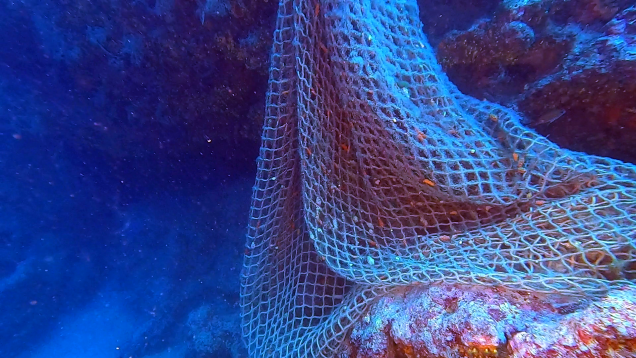Elephant Ear Sponge
The Elephant Ear Sponge, (Spongia agaricina, Spongia lamella), resembles a relatively flat bowl. In the lower part it narrows, to form the point of attachment to the rock. The measure ranges from 14 to 80 cm in diameter with a thickness ranging from 1 to 4 cm approximately. It is an endemic species of the Mediterranean Sea that generally lives at depths between 15 and 50 meters, but we can find it up to 150 meters deep.










